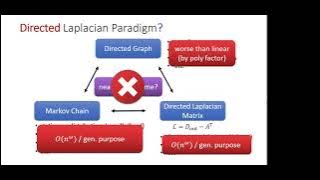Exponential family distributions | Probability distributions with non-finite variance | Continuous distributions | Conjugate prior distributions
Inverse-gamma distribution
In probability theory and statistics, the inverse gamma distribution is a two-parameter family of continuous probability distributions on the positive real line, which is the distribution of the reciprocal of a variable distributed according to the gamma distribution. Perhaps the chief use of the inverse gamma distribution is in Bayesian statistics, where the distribution arises as the marginal posterior distribution for the unknown variance of a normal distribution, if an uninformative prior is used, and as an analytically tractable conjugate prior, if an informative prior is required. It is common among some Bayesians to consider an alternative parametrization of the normal distribution in terms of the precision, defined as the reciprocal of the variance, which allows the gamma distribution to be used directly as a conjugate prior. Other Bayesians prefer to parametrize the inverse gamma distribution differently, as a scaled inverse chi-squared distribution. (Wikipedia).



















